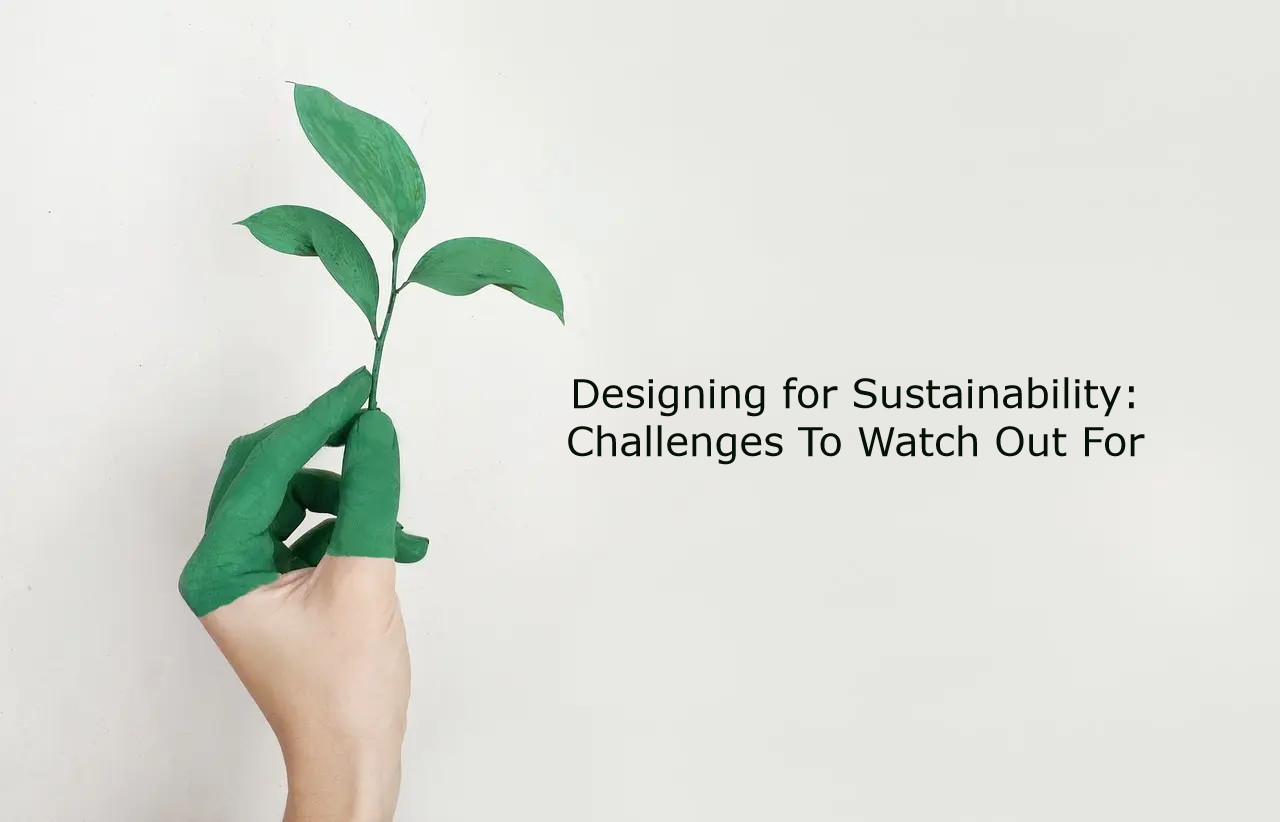Human beings have been quite negligent in terms of using natural and manmade resources for the manufacturing process. When it comes to designing a service and product, they often rely on discardable or disposable resources, so they do not have to take responsibility. Such practices only increase pollution levels and make living a little more challenging.
With technological advancement and innovation, there has been a higher focus on implementing service design thinking. The authorities take into account the lifecycle of products or services and ensure they do not add waste to the world. Due to this, the concept of designing for sustainability is gaining attention and popularity. Still, there are a few challenges you should watch out for.
Keep scrolling down into the details of this article to learn and explore the challenges you need to watch out for a while designing for sustainability.
Top 6 Challenges in Designing for Sustainability
Designing for sustainability is garnering the interest of manufacturers, as well as consumers, across the globe. However, it has not yet become mainstream, let alone the only available option. Several factors play a crucial role in this regard and emerge as huge challenges. Exploring these challenges and finding solutions is inevitable to ensure sustainable designs.
Here are some of the major challenges in designing for sustainability you must look out for to achieve your goals smoothly.
1. Breaking the Habits
Breaking the habits is the basic challenge in designing for sustainability. The service providers, as well as the ones for whom the service is designed, are so used to unsustainable practices that they do not think otherwise. They are naturally more inclined towards measures and practices which do not account for suitability. Breaking that habit and making sustainability a part of the practice is the biggest challenge. Many organizations consult service design thinking experts and include sustainability in their design and practice to serve the world better.
2. Poor Familiarity with Sustainability
Poor familiarity with sustainability is one of the biggest challenges in designing for sustainability. Sustainability can fit in the picture of each and every industry, service, and product. However, the stakeholders and authorities are often unaware of how to factor. Instead of trying to go deeper into the details of the concept and applying it to their practice, it is much easier to go with the norm. Developing familiarity with sustainability and pursuing innovation are more than necessary for embracing sustainable designs.
3. Higher Cost
The higher cost is another major challenge in designing for sustainability. Sustainable services, raw materials, and products have not become too common yet. Due to this, the manufacturers bear a high cost of securing sustainable raw materials and crafting products or services. It increases the overall production cost, due to which the selling price of the product or service is also higher. When the same product or service, without sustainable measures, is available at cheaper rates, the consumers are more inclined towards it. So, lowering the cost of sustainable designs is necessary to make them mainstream.
4. Lack of Convenience
Lack of convenience is another significant challenge in designing for sustainability. Such designs require looking out of the boundaries and ensuring long-term solutions that are fruitful for the planet. It is quite different from the usual practices and requires more time, effort, and resources spent on the designing phase. Going out of the way to achieve something you are unsure about is obviously a huge bet. Eliminating the inconvenience for the manufacturers and consumers from the sustainable design is necessary to make them the go-to choice for everyone.
5. Deadline Limitations
Deadline limitations are another notable challenge in designing for sustainability. The product or service design projects come with specific deadlines. Designing the project is the first phase, and implementing that design is the second phase. Most people face challenges in the second phase as they fail to secure sustainable raw materials and products for the project. It leads to limited time left in production. The overall schedule and project deadline limitations are significantly compromised due to the unavailability of resources. Therefore, you should ensure relaxed deadlines not to compromise the project’s success.
6. Lack of Sustainable Product Information
Lack of sustainable product information is the last challenge in designing for sustainability. Sustainable design does not mean only the service or product provided to the consumers should be sustainable. However, the development process of the product or service should also preach the concept. The service providers are often not quite well-versed in the sustainable product information. Due to it, they give up on the idea, which is unacceptable. You can get experts on board to plan and implement sustainable design and promote it.
Read more: Barriers to service design thinking
Do you need help with designing for sustainability?
If you are stuck with the challenges and find no way out, it is time to contact and consult professional service providers. Get experts on board to ensure your service is designed for sustainability and lead the consumers towards a changed approach.



